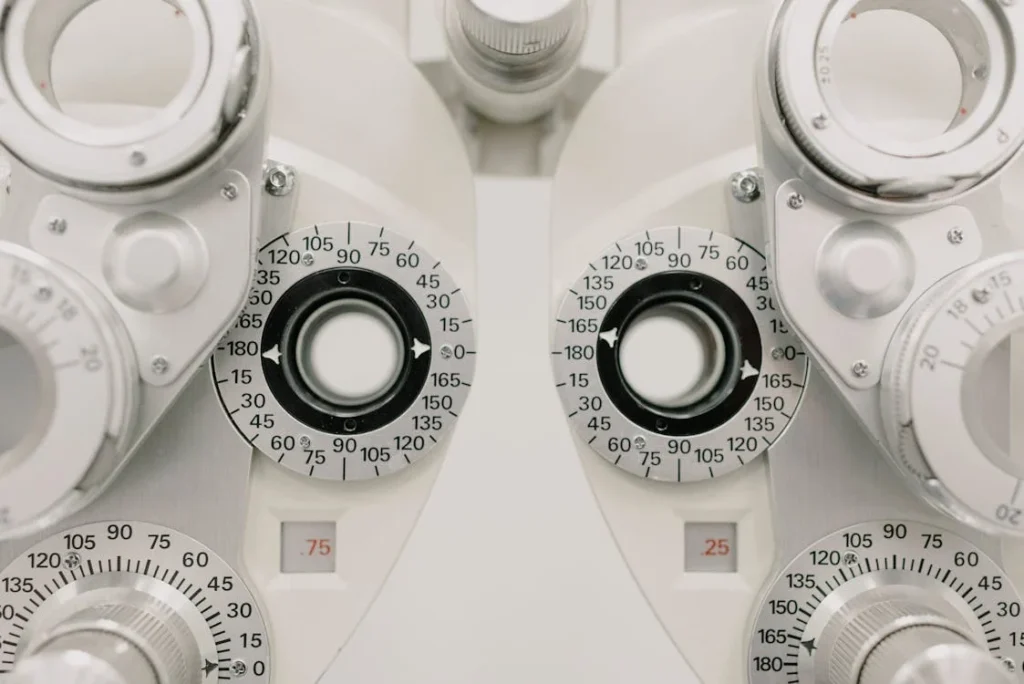Geometry isn’t only a mathematical discipline and science, it’s an essential component that is at the heart of our lives in every aspect, from the elegant architectural designs of tall buildings to modern advancements in technology. This article dives into the fascinating realm of geometry, shining light on its basic principles as well as practical applications and how the next decade will unfold for this vital area. If you’re an experienced mathematician or a nerdy student or simply awestruck by the intricate geometric patterns of nature Join us to explore the crucial role that geometry plays in our lives, and how it is evolving as technology advances.
The Fundamentals of Geometry
In its essence Geometry refers to the research of shapes, sizes along with the characteristics of space. It starts with basic concepts like lines, points and planes, then expands into more intricate structures such as circles, polygons, and polyhedra. Each geometric shape is unique in its properties and formulas related to its volume, area and perimeter, creating the foundation of geometric analysis.
There is no denying the importance of lines and angles in the field of geometry. They form the basis of shapes. They play key role in creating shapes, understanding spatial relations and resolving geometrical problems. When you master these fundamentals it is possible to appreciate the balance and harmony that geometry provides to both human-made and natural structures.
Practical Applications of Geometry in Daily Life
In Architecture and Design

The impact of geometry on design and architecture is indisputable. The ancient Egyptian pyramids in Egypt to modern architectural marvels, like Guggenheim Museum in Bilbao, Spain. Guggenheim Museum in Bilbao, Spain Geometric principles have played a major role in the creation of functional and beautiful structures. Architraves depend on geometric principles to assure strength and durability and artists rely on geometric principles to add harmony and beauty to their work.
In Technology and Engineering
The use of geometry goes beyond sculptures and buildings, it is a key element in engineering and technology. Engineers utilize geometric concepts to create everything from roads and bridges to satellites and smartphones. The precise calculations used in these designs warrant safety, efficiency and efficiency. In the field of animation and software development Geometry is a key component in the creation of realistic characters, environments, and motions and pushing limits of virtual as well as virtual reality.
The Future of Geometry
Incorporating design thinking into the realm of geometry enhances its practical applications, especially in architecture and technology. By empathizing with user needs, architects and engineers can create designs that not only fulfill functional requirements but also resonate on a human level. For instance, the iterative process of design thinking encourages exploring multiple geometric solutions during the planning phase, ensuring that the final structures are not only technically sound but also aesthetically pleasing and user-friendly. Similarly, in technology, applying design thinking to geometric algorithms can lead to more intuitive interfaces and interactions in digital tools, enhancing user experience and accessibility.”
The advancement of technology is revolutionizing how we think about and apply geometric concepts. Through the advancement of 3D modeling software and computer-aided design (CAD) the ability to tackle difficult geometric problems has been greatly increased. These tools have become essential in the field of research, development and in the development of new technologies across many disciplines, including medicine where geometric analysis aids with the construction of body structures as well as organs to plan surgical procedures and prosthetic design.
The study of non-Euclidean geometry as well as topology have opened up new perspectives in theoretical physics particularly in the study of the structure of the universe as well as the spacetime fabric. As technology develops and advances, so the understanding of and use of geometry. This will provide solutions to the most challenging challenges facing our society in the present.
Conclusion
Geometry is a testimony of human curiosity and the desire to know more about our surroundings. It is a crucial instrument that bridges gaps between abstract concepts and tangible, helping us imagine and design our surroundings. While we study and understand how to use geometry we can open ourselves to new ideas and possibilities.
We urge all, from novices to professionals within the discipline, to continue to investigate the intriguing world of geometrical. Exploring the “geometry spot” of our universe is sure to provide insights and findings that will enrich our lives and lead us to a new future where possibilities are as limitless as the geometric patterns we’re yet to discover.




